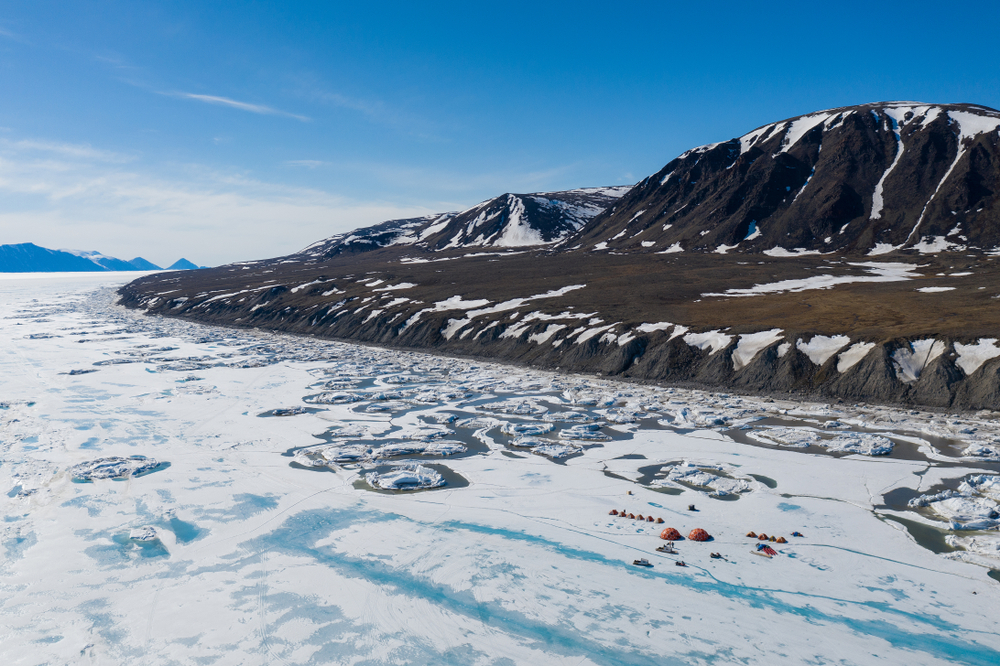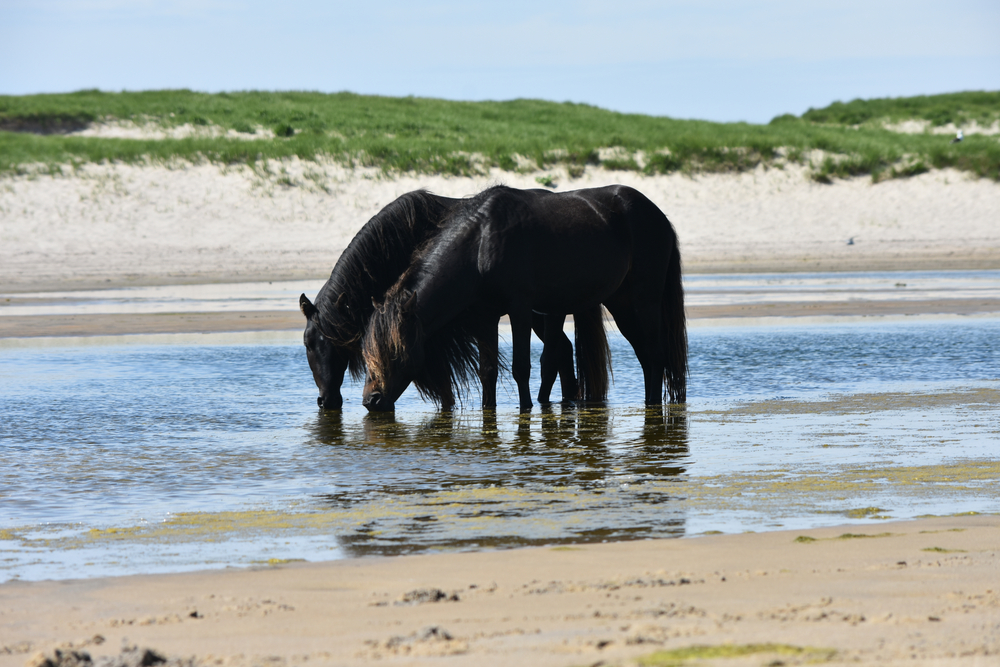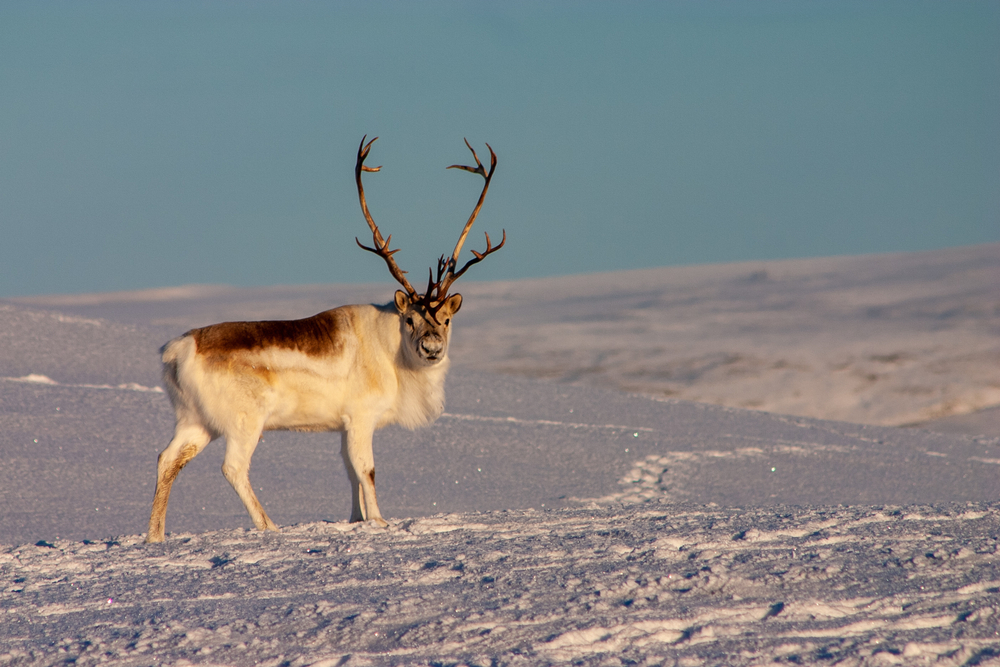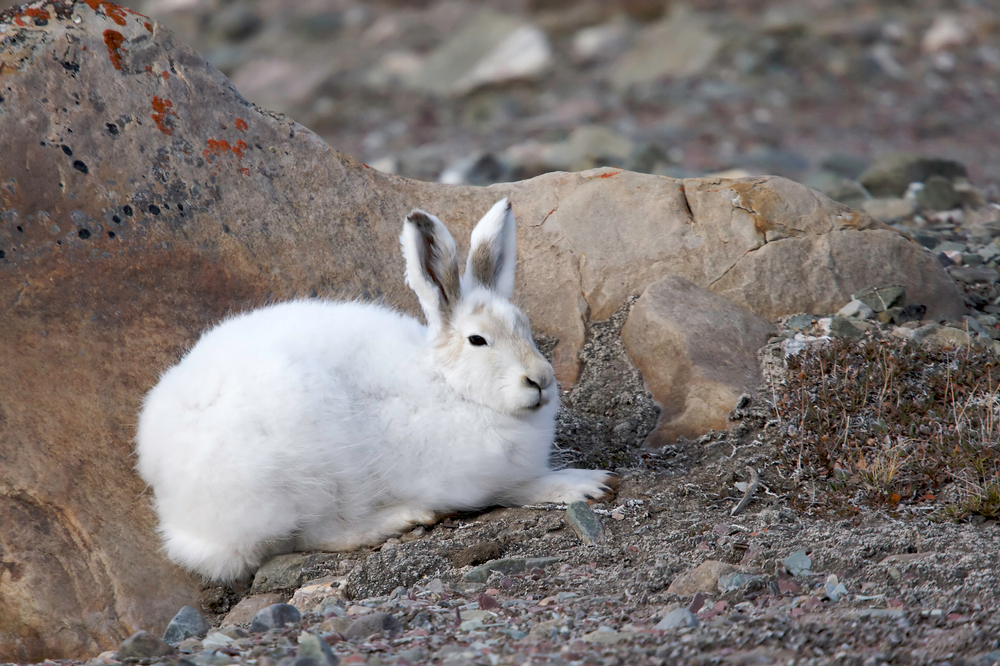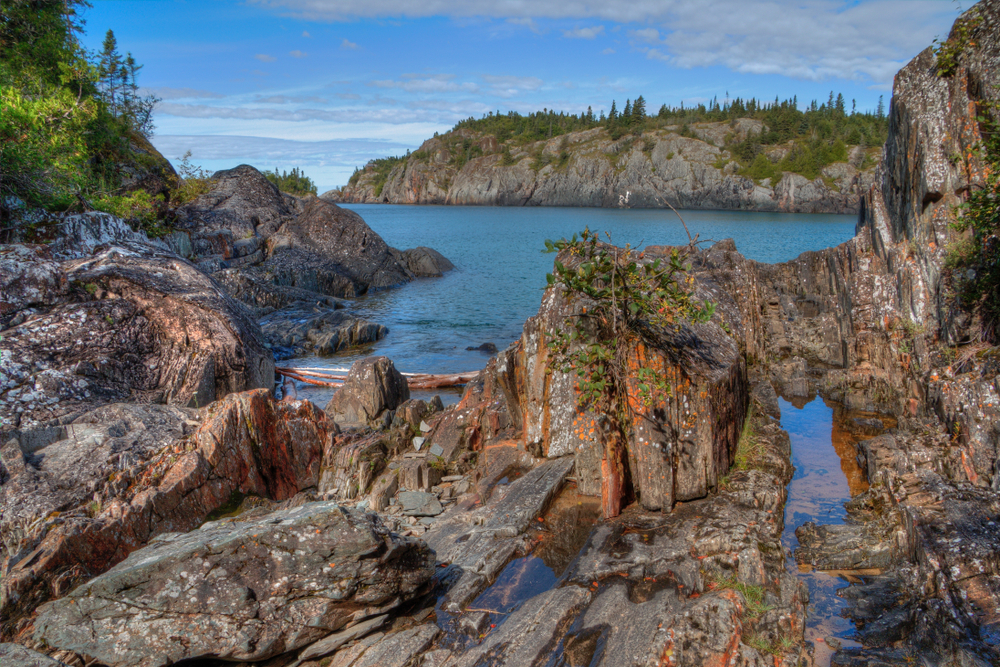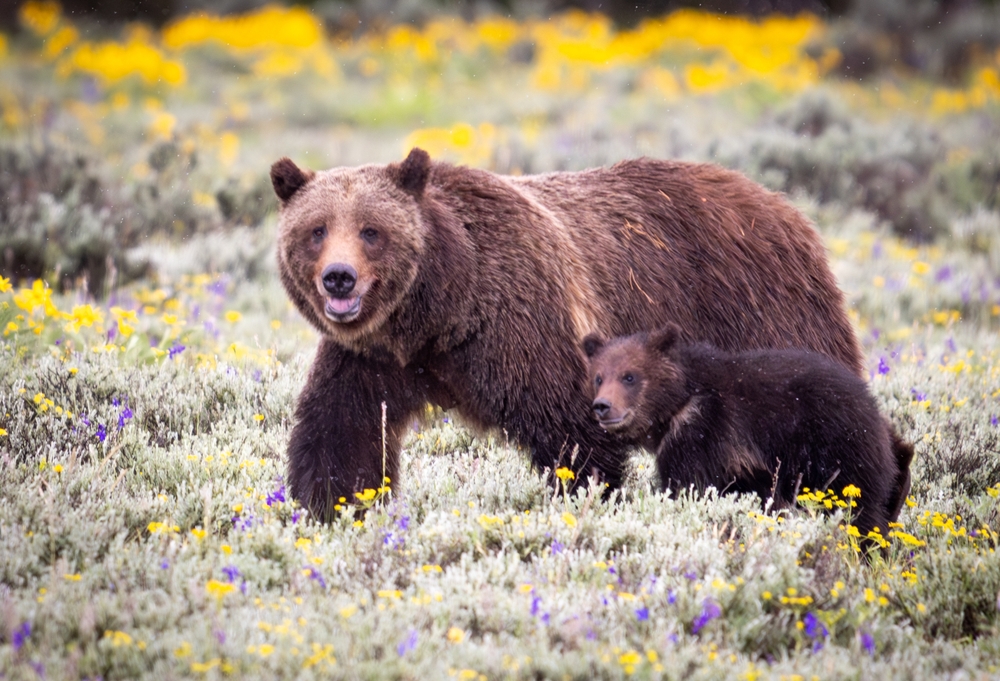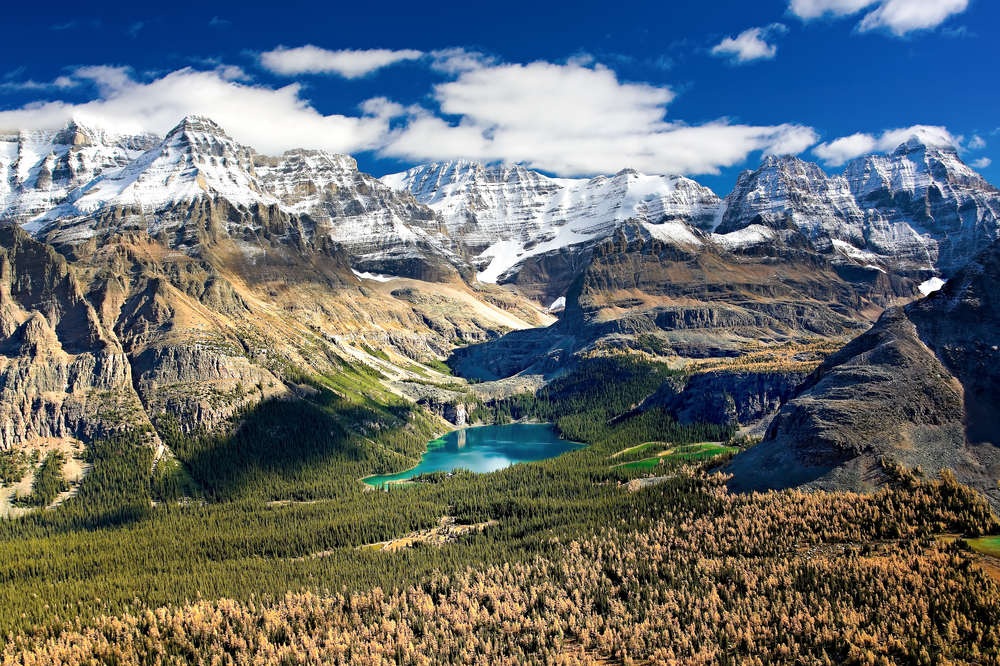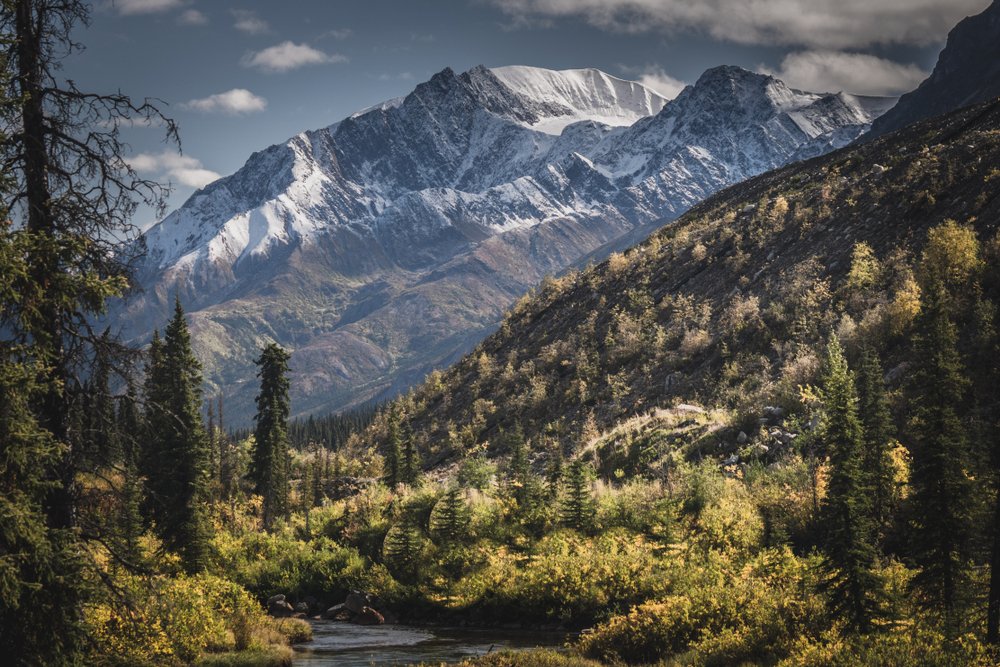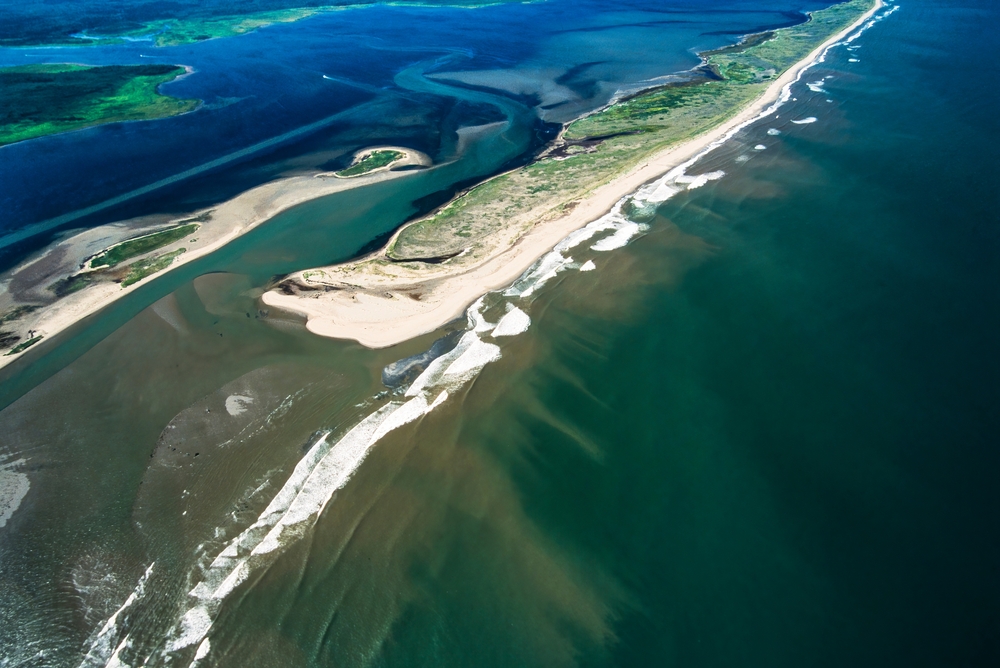Sirmilik Overview
Sirmilik National Park, meaning “place of glaciers” in Inuktitut, is a remote and stunningly wild expanse in the northernmost reaches of Canada’s Nunavut territory. Covering approximately 8,571 square miles (22,200 square kilometers), the park is located on Bylot Island, parts of Baffin Island, and sections of the adjacent Lancaster Sound.
It is part of the Arctic Cordillera ecozone, characterized by its dramatic landscapes, towering peaks, and vast ice fields. The park’s terrain features a mixture of rugged mountains, expansive glaciers, and low-lying tundra, creating an awe-inspiring yet harsh environment.
Notable geographical landmarks include the jagged peaks of the Bylot Island Mountains, the extensive glaciers that define much of the island’s topography, and the vast lowlands where Arctic vegetation, such as dwarf willow, saxifrage, and Arctic poppies, cling to the rocky soils.
The wildlife in Sirmilik National Park is as dramatic as its landscapes, offering a glimpse into one of the planet’s most extreme ecosystems. The park provides crucial habitat for a variety of Arctic mammals, including polar bears, Arctic foxes, caribou, and the elusive Canada lynx.
Marine life flourishes in the frigid waters of Lancaster Sound, where narwhals, beluga whales, and seals can often be spotted. One of the park’s most renowned wildlife spectacles is its abundance of migratory birds.
Bylot Island, a key section of the park, is home to one of the largest seabird colonies in the Arctic, featuring thick-billed murres, black-legged kittiwakes, and northern fulmars. The island’s cliffs and coastal areas also serve as nesting grounds for snowy owls, rough-legged hawks, and the strikingly beautiful ivory gull.
Sirmilik National Park is a remote paradise for adventurers seeking unspoiled Arctic wilderness. Among its most popular attractions is the Bylot Island Bird Sanctuary, which draws ornithologists and nature enthusiasts from around the world.
Visitors also flock to Oliver Sound, a breathtaking fjord surrounded by steep cliffs and glaciers, perfect for paddling and wildlife viewing. For those seeking cultural insights, the park offers a glimpse into the rich Inuit heritage, with archaeological sites and traditional hunting grounds providing a connection to the region’s Indigenous past and present.
Accessing and exploring Sirmilik National Park requires careful planning, as there are no roads leading into the park. Visitors typically arrive via boat or small aircraft from Pond Inlet, the nearest community.
Once inside, adventurers can engage in backcountry hiking, sea kayaking, and ski touring across the frozen tundra in the winter months. The park is also a prime destination for photographers and researchers interested in Arctic landscapes and wildlife. The vast, open spaces and extreme isolation create a sense of unparalleled solitude, making it a truly unique destination for those willing to embrace its challenges.
Conservation efforts in Sirmilik National Park are focused on preserving its delicate ecosystems and the species that rely on them. Climate change poses a significant threat, leading to melting glaciers and shifting wildlife patterns.
However, the park’s designation as part of the larger Tallurutiup Imanga National Marine Conservation Area helps protect its marine and coastal environments. Collaborative efforts between Parks Canada and Inuit organizations ensure that conservation strategies align with traditional knowledge and sustainable use of the land, safeguarding this pristine Arctic sanctuary for generations to come.








































































